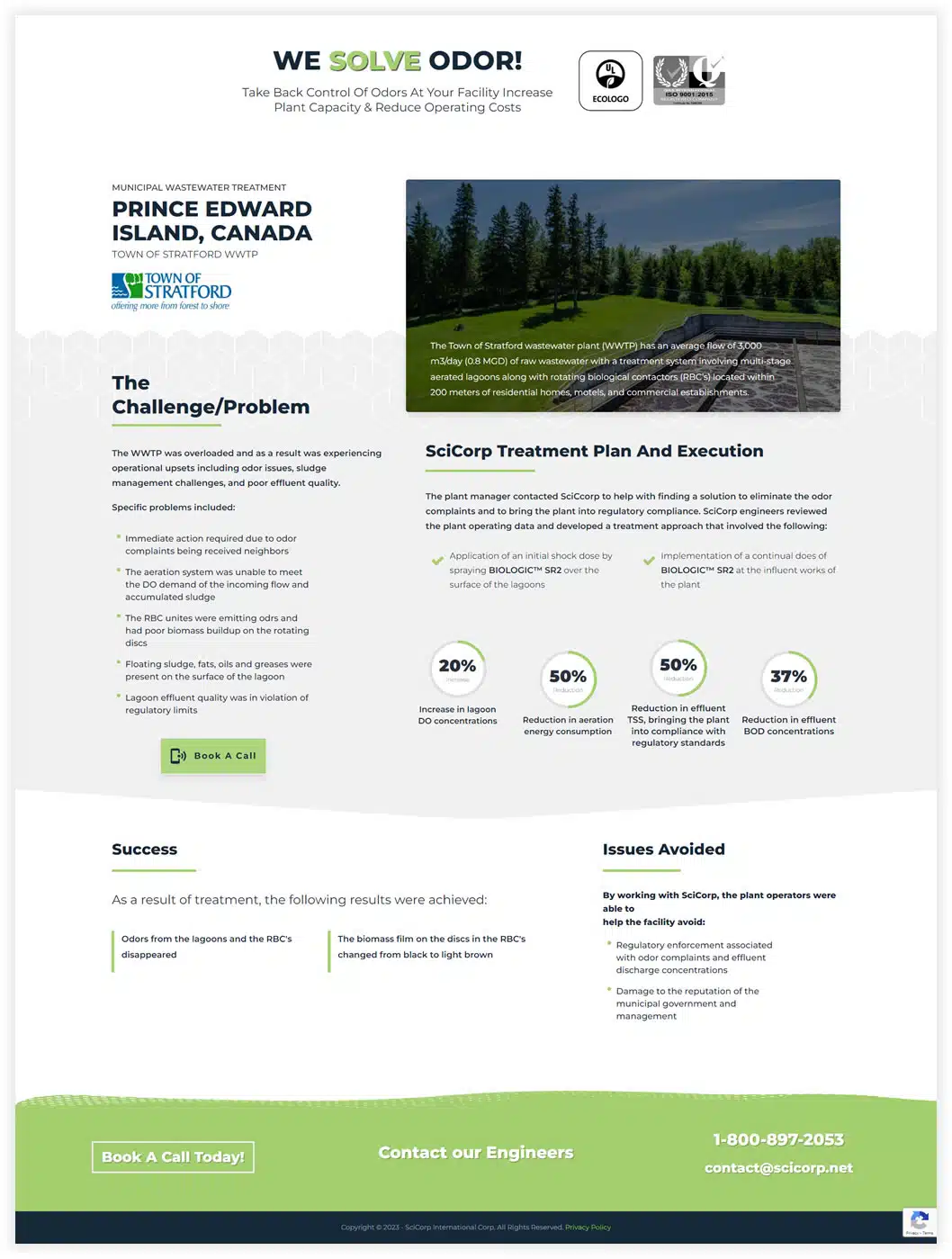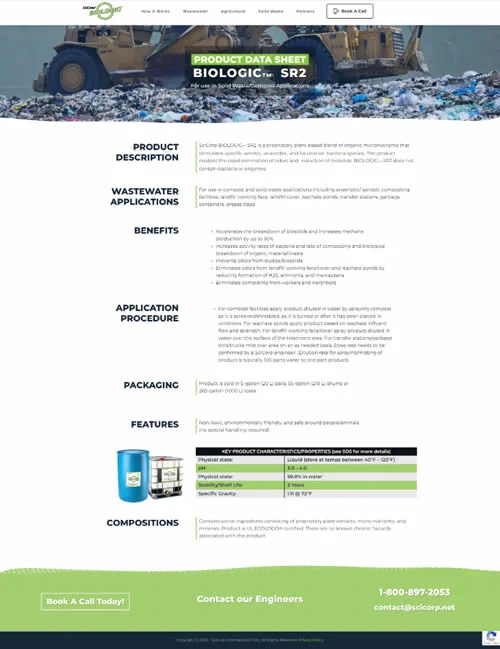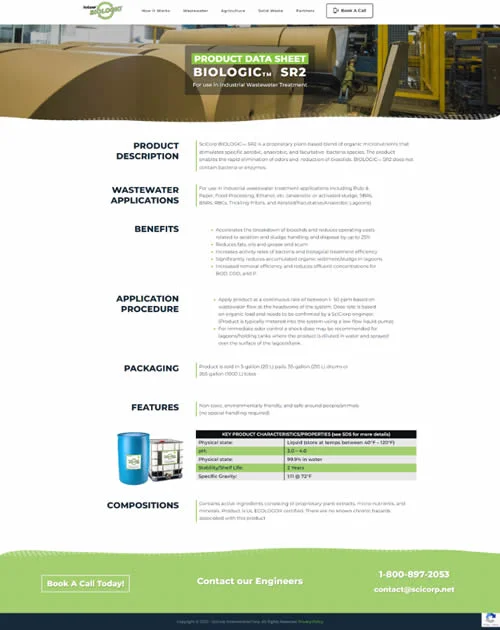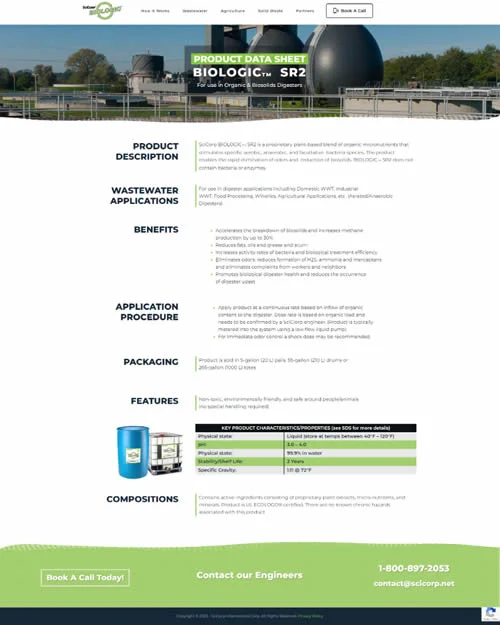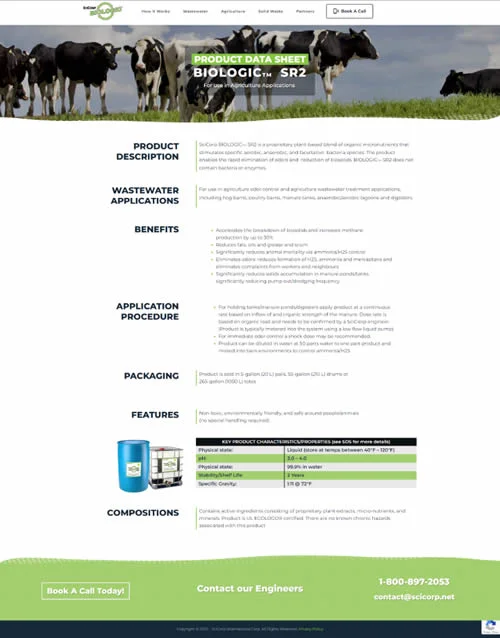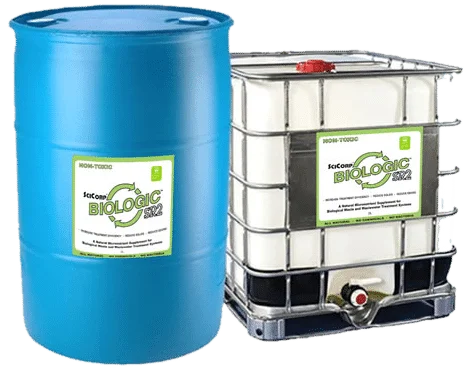
BIOLOGICTM SR2
LAGOON ODOR CONTROL
Successful Results Featuring BIOLOGICTM SR2
Prince Edward Island, Canada

The town's wastewater treatment facility was overloaded and as a result was experiencing operational upsets including lagoon odor control issues, sludge management challenges, and poor effluent quality.
